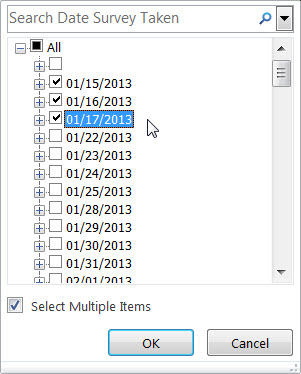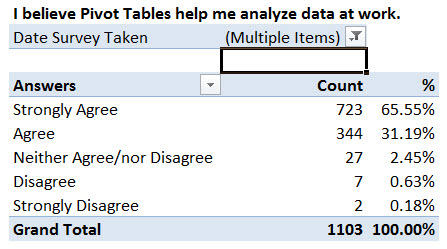We have been deeply involved in a cleanup of our SharePoint portal plan for the last several weeks and I thought I would share with you some of our observations because I know most of you with both Internet and intranet sites that are more than a few years old probably share the same issues we do. Our Internet and intranet portals have been around for 9 and 8 years respectively and over time, a lot of ‘junk’ has accumulated. The example I like to use is that it is similar to the way your email slowly fills up with ‘junk’ over time. For example, if you received 20 emails a day, but only have time to address 19 of them, you may go home feeling pretty good about the amount of work you got done. However, that 1 email you did not get to if you consider have only 1 email that you do not get to each day over the course of a typical work year can amount to over 250 emails. Of course, if you get more than 20 emails and the number that you do not get to is greater than 1, that total can expand much more rapidly.
So how do you get a handle on the problem? You could simply delete anything older than 2 weeks old, but that might delete important email messages that you really need to see. On the other hand, the email that you received yesterday and did not get to may be a total waste of time. Clearly the age of the email is not the only deciding factor. Maybe you choose to delete all emails from people outside of your department. Unfortunately, some of those emails from other departments may be more important than the email that circulated around asking people where they wanted to go to lunch on Friday. You could delete anything that comes from outside of the company. That would certainly help keep you focused on your work, but you would also miss notifications of appropriate training or white papers relevant to your job.
Thus you can see that cleaning out your inbox can be more complex than any simple rule or a set of rules (although they may help). It is also important to perform that cleanup on a more frequent basis than once every year. One a month may not be too often and even once a week perhaps on Friday afternoon as you are winding down for the week might be a good choice.
In a similar way, if you have both an Internet and intranet portal (hey, even if you only have a collaboration site), periodic cleanup is still something you need to consider doing. If nothing else, cleaning out old obsolete content will make search run faster and return more relevant results. So here are a few tips that may help you perform your own portal cleanup.
10 Steps for site owners to consider when performing their next portal cleanup:
- Remove obsolete or unnecessary sites – Sites where all content pages/documents have not been updated for 2 or more years are candidates.
- Examine all pages for duplicate or obsolete content and update or remove – This could result in removing the page itself if all content on the page is obsolete and removed.
- Remove obsolete/duplicate documents/files – Multiple instances of files all get indexed and results in bloating the search results with many invalid entries that do not point to the most recent data. Delete obsolete/duplicate files. Burn copies onto a DVD if you want to keep them. Adding them to your intranet site or collaboration site is not a valid solution.
- Remove content that appears on other sites for your organization that you do not own – Copying/duplicating content that appears on other sites within your organization bloats search results and diminishes the relevance rating of the correct document if multiple occurrences exist. Any content not ‘owned’ by the department should be removed and replaced with a link to the content on the ‘true’ owner’s site.
- Remove content found on sites outside your organization – Not only is this a potential copyright issue, but updates made to the content on the ‘true’ source will not be reflected in the copied content resulting in misinformation. Just link to external content.
- Clean out your calendar/announcements – If your site has a calendar or an announcements list, clean out old events that are no longer relevant. This will improve the performance of the calendar and/or announcement list.
- Consolidate sites – Sometimes subsites were create when all that was needed was another page on the site that owns the subsite (parent site). Unless the subsite requires a different set of permissions (owners, content managers, approvers, etc.) you may be able to simplify your site structure by moving content/pages/documents up a level. This will also improve navigation and reduce the number of clicks to find the content you need.
- Remove content that really does not need to be public – For any content item (subsite/page/document) ask yourself if anyone in the public really needs to see this content on a public web site or whether it just clutters the public facing sites with content that no one really looks at. Perhaps all you need is a ‘Contact Us’ link for anyone in the public to request additional information if necessary. Some current public content probably should only be internal intranet content. If so, move it there if it does not already exist and delete the public version.
- Do not duplicate content between the Internet and intranet – If the content needs to be seen by both the public and organization’s employees, place the content on the Internet and only add links to that content from the intranet. Don’t place the content on both and definitely don’t place the content only on the intranet.
- If content is not owned, remove it – If you have current Internet content that is not officially owned consider removing it. Content that is not owned probably is not updated. If the content is necessary, an owner for the content must be identified.
Well, that’s it for this time. C’ya.










